The Argus, or Great Argus, is a species of pheasant that lives in Asia. Males of this species have long tails that have lines of multiple round eyespots. These spots are actually where the this bird gets its name.
In Greek mythology, Argus is a giant with hundreds of eyes. The discoverers of these pheasants noticed their many eyespots, and named the bird accordingly. Read on to learn about the Argus.
Description of the Argus
These birds have something of a turkey-shaped body, but the males have long wing and tail feathers. Like most pheasants, they are moderately large. Males are over six feet long, but only because of their lengthy feathers. Females are just under three feet long.
Their feathers are brown or tan, with black mottling. Male Argus pheasants have round, eye-like circles along their lengthy feathers. Both males and females have semi-naked heads and necks with blue skin.
Interesting Facts About the Argus
The Great Argus truly is a great bird. Males of this species, much like peacocks, use their long tail feathers to attract females. These birds have a number of interesting traits and adaptations.
- Sexual Selection – Females of any given species usually choose the biggest and strongest males to reproduce with. This behavior is known as ‘sexual selection.” However, in birds, many females choose the brightest colored or most ornately feathered males to reproduce with.
- Hidden Fitness – While looking pretty doesn’t exactly scream “better parent,” female birds choosing brightly colored males is actually better for their offspring. Males that have bright colors are extra visible to predators, which means that they have to be much smarter and stronger to survive.
- The Argus’s Tail – Males have quite long tails, with some tails measuring nearly five feet long. Obviously having such a long tail makes it difficult to escape from predators. Females choose males with the longest tails because it means they are the fastest and smartest of the other birds. Even though they have a trait that makes it easier for predators to catch them, they still escape and survive unscathed.
Habitat of the Argus
This species lives primarily in tropical regions with lots of rainfall and plant growth. They live in dense forests with mature trees. These birds can even survive in logged forests, though they prefer lowland rainforests. Some individuals even live in forests over 4,000 feet above sea level.
Distribution of the Argus
The Great Argus lives in Sumatra, Southeast Asia, and Borneo. In Asia, they primarily inhabit the Malaysian Peninsula, Thailand, and south Myanmar. Their population density depends on the region at hand. Populations in some areas are healthy and more common, while others are low and rare.
Diet of the Argus
This species of pheasant is omnivorous, which means they eat both plants and animals. However, the non-vegetarian portion of their diet is primarily insects and invertebrates.
They are opportunistic birds, and will eat whatever happens to be plentiful during that season. Their diet consists primarily of seeds, fruits, shoots, ants, larvae, slugs, and worms.
Argus and Human Interaction
Sadly, there are a number of human-induced dangers to this species. These birds suffer in areas where human populations are higher. This is primarily due to increased agricultural land use, which destroys native habitat, as well as deforestation.
Humans also hunt these birds for their feathers and meat. Because of these factors, the IUCN lists these birds as Near Threatened.
Domestication
Humans have not domesticated Argus pheasants in any way.
Does the Argus Make a Good Pet
No, the Great Argus does not make a good pet. These are wild birds, and require specialized care. In most places, it is also illegal to own one as a pet.
Argus Care
In zoos, the Great Argus is a common feature in walk-through aviaries. These birds are terrestrial, and usually live and forage on the ground, though they can fly. Because they are relatively large, they also require a decent amount of space to exercise and explore.
Both of these factors make them good candidates for walk through aviary habitats, because they are large, and have plenty of ground space and low shrubs. In zoos, keepers feed this species a variety of insects, and a pelleted omnivorous bird diet.
Behavior of the Argus
These birds have interesting behavior to say the least. Male Argus pheasants defend territories in the jungle, and create courtship areas for dancing. He clears a large area of all plants and sticks, giving him plenty of room to dance.
Then, he calls to any potential females in the area to attract them to his performance. When he sees a potential mate, he lifts his tail and wing feathers over his head, stomps his feet, and dances around her.
Reproduction of the Argus
If the male is impressive enough, the female will mate with him. Once they have bred, she will leave his territory and build herself a nest in the forest. Females usually lay two eggs per clutch, and incubate the eggs for almost a month.
The chicks are quite active at hatching, and begin to follow their mother about very quickly. She leads them to food, and protects them from predators.



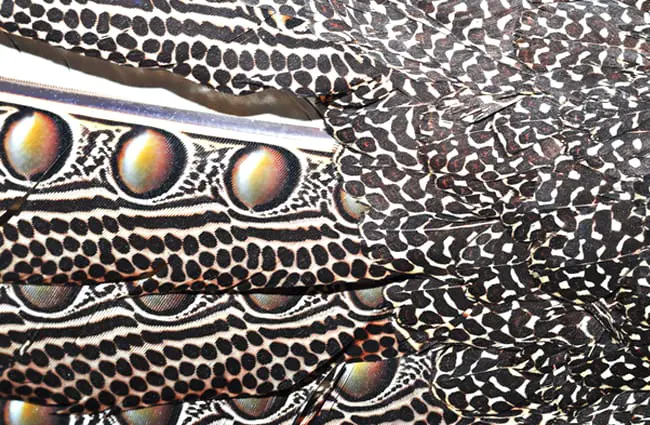
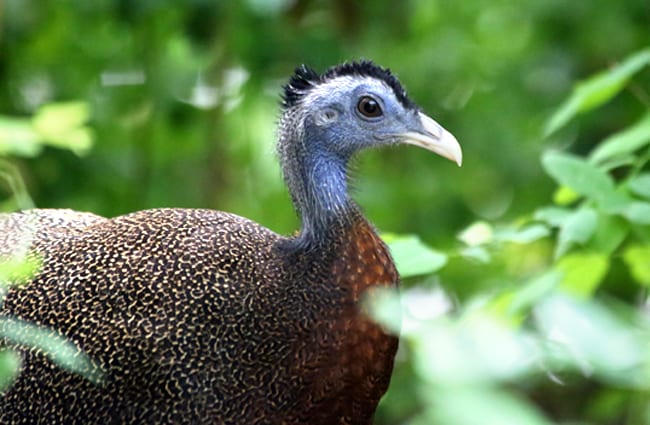
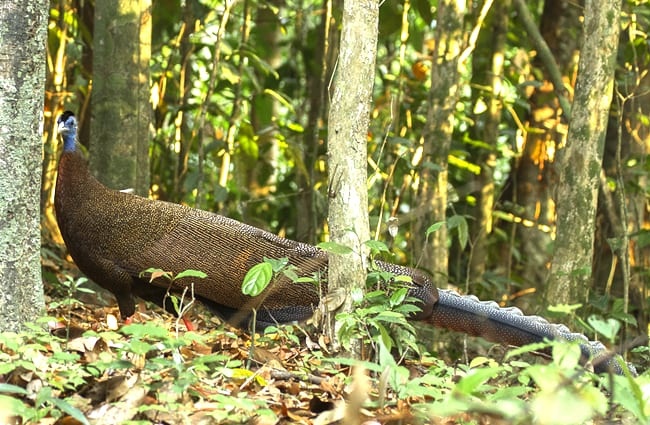
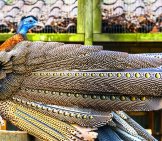
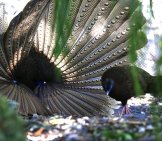


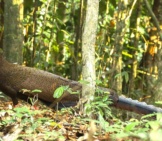
![Red Angus Closeup of a beautiful Red Angus cowPhoto by: U.S. Department of Agriculture [pubic domain]https://creativecommons.org/licenses/by/2.0/](https://animals.net/wp-content/uploads/2020/03/Red-Angus-4-238x178.jpg)












![Red Angus Closeup of a beautiful Red Angus cowPhoto by: U.S. Department of Agriculture [pubic domain]https://creativecommons.org/licenses/by/2.0/](https://animals.net/wp-content/uploads/2020/03/Red-Angus-4-100x75.jpg)

